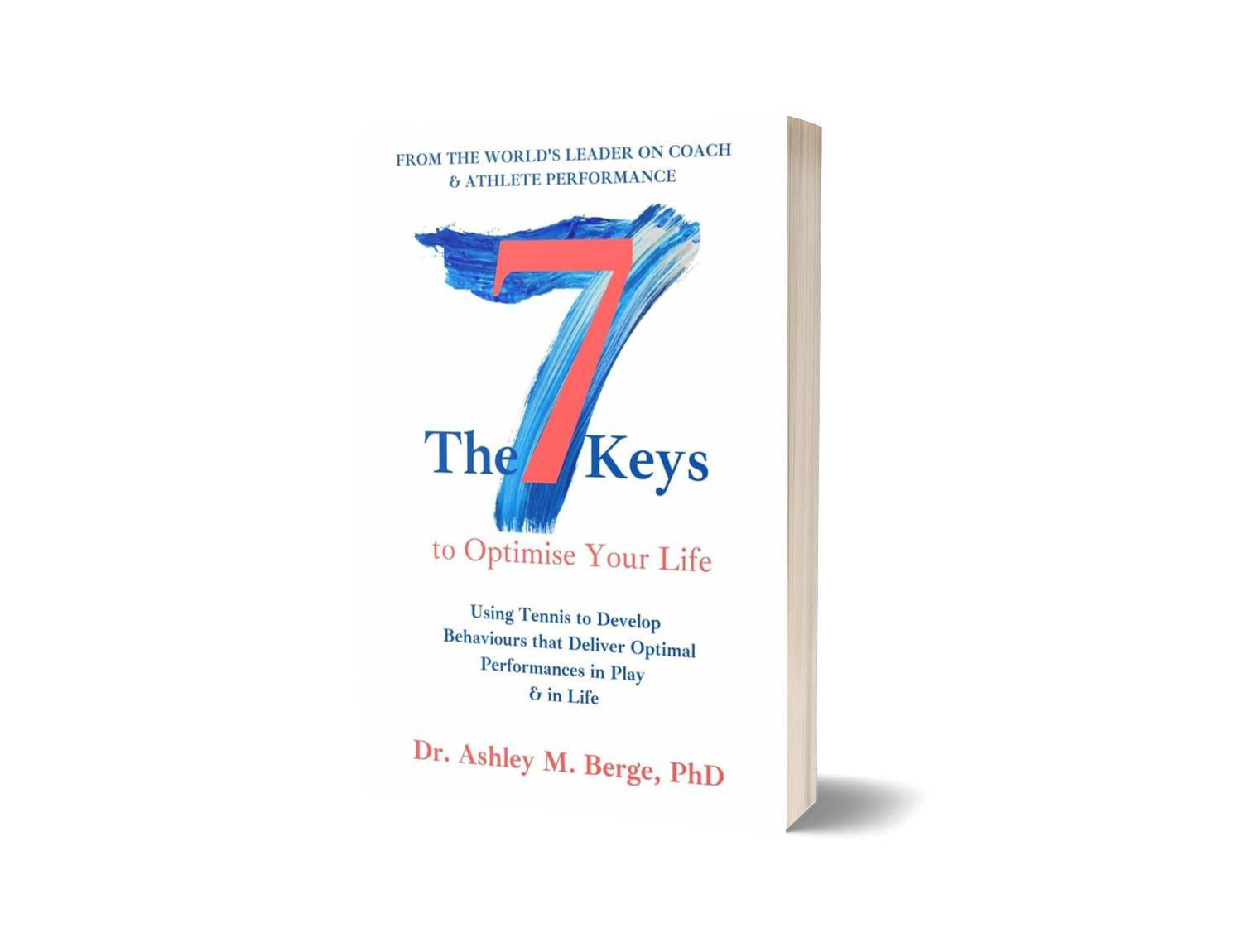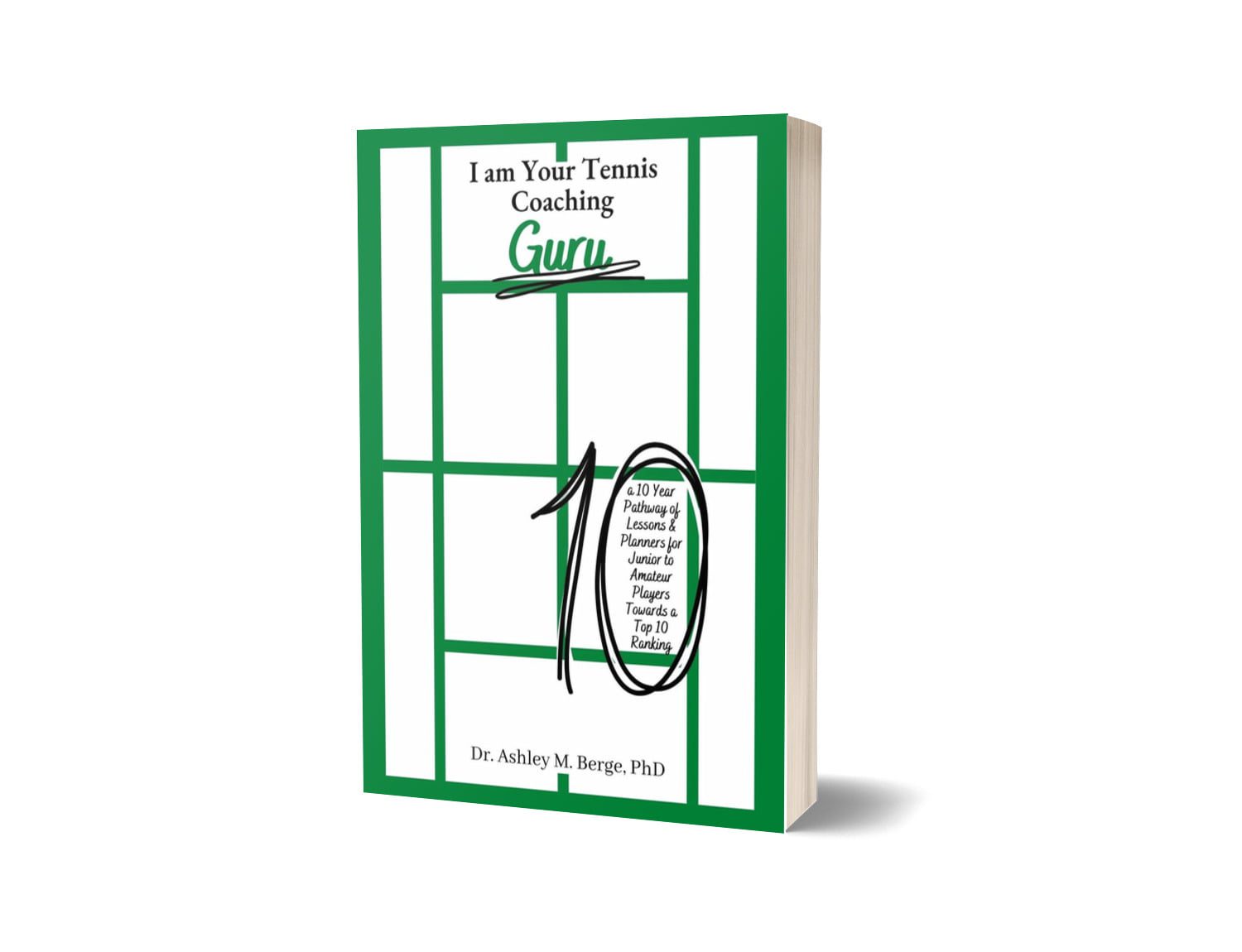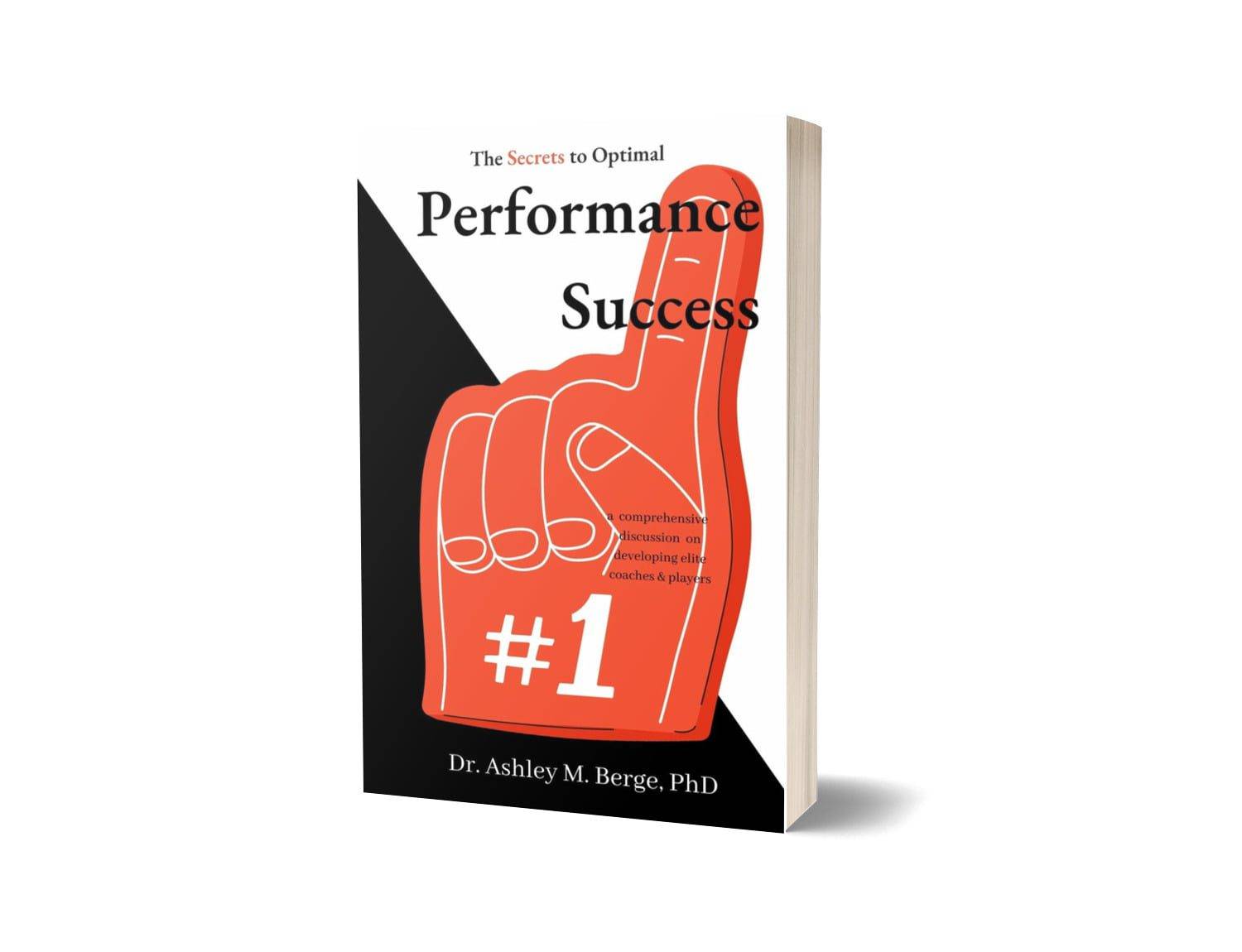Did you ever (or maybe still) rush home from school to make it just in time for your favourite sitcom and/or show of choice because you couldn’t bare to miss it? Now, is this the same for your training sessions…each and every time? This analogy hopefully gets you thinking about what excites you to motivates you and whether or not the same care is taken in ensuring this is the case every time you step onto the tennis court…or is it only periodically? You see, each and every coach has the power to ensure this in fact does happen with a few keys front and centre and there really is no excuse that this shouldn’t be the case every time your performance is on the line as you work to edge towards that next progression.
One of the primary concerns here is around planning and if it is being done on a daily basis and/or in advance for each and every player? Now, this might sound like a lot of work from a coaches perspective but this planning should be done prior to the week ahead and built upon after each and every session whether with a group of players in a squad environment and/or on an individual basis for one-on-one sessions. What matters is the planning and the adjustments. For the parents out there, if this is not being done this is a word of warning. Why?
If your child’s session is not being modified and/or planned specifically for them each and every session they’re left susceptible to developing an injury (i.e. due to null modification) and/or their performance progressions are not being taken seriously and as such, your child’s ability to steadily progress along The Pathway and in turn The Long Game remains susceptible to a regression, whether performance based or from the onset of an injury over time.
The thing is, planning matters. And to ensure the player/athlete remains engaged each and every session, that prior thought goes a long way. How do you ensure the player/athlete rushes to practice (or training) just like they would their favourite sitcom and/or show if you’re not putting in the work?
I’ll tell you a few secrets. Ensuring The 7 Keys are well-known is a significant head start. On the other side, being available for your player/athlete whether that be as a mentor or to discuss rates of progress it all counts. Being present matters and not just for a select few players/athletes — for all players/athletes you work with. Moral of the story then is of course do not take on more players/athletes unless you are prepared to give them your time and energy when they’re in need and plan for their progressions and modifications on a regular basis.
What differentiates good players from great players is often the difference between their coach-athlete relationship. Irrespective if a good player is ahead of that great player in performance and their ranking suggests otherwise, the good player will eventually succumb to one of the pitfalls not afforded to them by their coach whereby the great player will leverage these assets to their advantage with their performance and results steadily progressing to reach the same level as the good player — continuing along the set trajectory.
There is more to a players/athletes current performance than their results. The behind-the-scenes matters and what their coach is able to deliver and show up for on a consistent basis. Relationships of all variances can have profound impacts on all individuals — child or adult and putting the time and effort into creating conducive relationships to help build key performances is often overlooked. After all, if you’re set on that first 10 Years of Play you’ll want a coach-athlete relationship that is supportive and knowledgeable of The 7 Keys to keep you on the road ahead. To the contrary, if you’re in your second 10 Years of Play and the relationship has run its course, fear not — there are ample coaches available that can transition good to great with the keys included in their pedagogy that will allow you to succeed and ascend closer towards your optimal ranking range. However, without these keys and a mutually conducive coach-athlete relationship, the odds are not in your favour.
To learn more about our data, predictive analytics and how to optimise your own performance, head on over to AM8 International. To learn more about AM8 International check out our selection of Books and/or options to join Dr B’s Pack to gain exclusive access to the best in the world. Not quite ready? Head on over to Beyond Top 10 Tennis for free access to 100+ episodes directly from Dr Berge of what it really takes to win multiple Grand Slams to securing that Top 10 tennis ranking with new episodes each week. More? Catch up on our Tips over on TikTok, Twitter, Threads or Instagram for quick snippets to apply in your game, today.





















